Garry Fabian Miller's distinctive camera-less photography creates abstract, evocative images
Garry Fabian Miller's unique photography process beams light through transparent materials
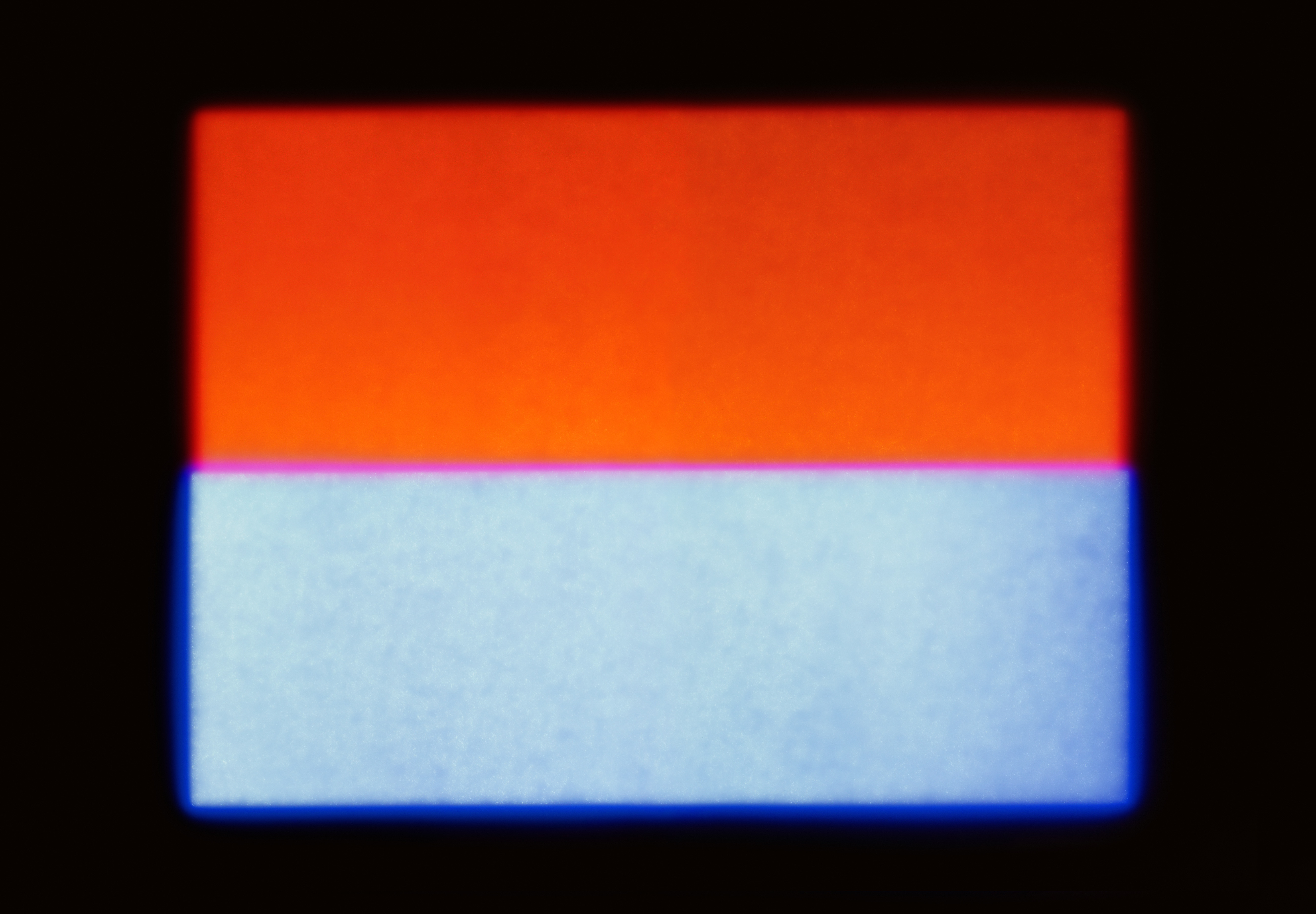
The story of Garry Fabian Miller’s relationship to his art has been one of a constantly shifting horizon: in 2012, the only factory that produces the Cibachrome paper which he relies on for his distinct “cameraless” process announced its closure, and more recently, he was diagnosed with bladder cancer, a likely explanation being the result of working with the various chemicals found in the darkroom. A new exhibition in West Wales entitled Morwelion, The Sea Horizon explores the theme, tracing the moment he abandons the camera in favour of a process where everything takes place in the darkroom.
The earliest images in the exhibition are a series of works from the 1970s that Miller started at the age of 19, photographs of the same view of sea and sky, marked only by differences in time and light. In many of these images, the horizon is barely discernible, as the colours of sea and sky blur any clear distinction between the two. Even in these early photographs, Miller’s favour for abstracted, meditative space is clear.
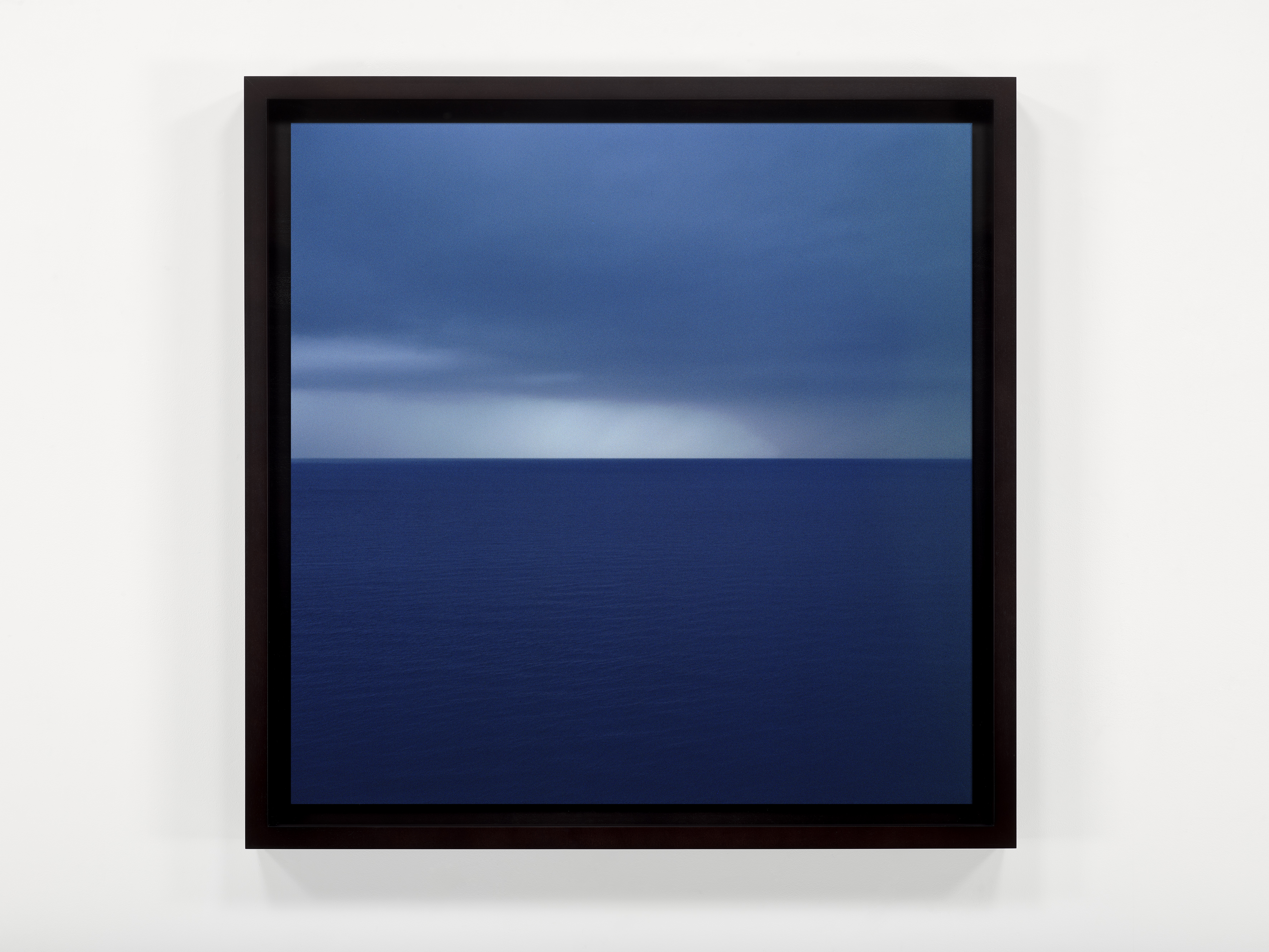
Garry Fabian MillerSections of England, The Sea Horizon, No. 40 1976-77, 2023
At a certain point in the mid 1980s, Miller gave up his camera in favour of a process that dealt solely with the fundamentals of light and photographic materials. After years of experimentation, he built up a process that takes place entirely in the darkroom where light is beamed through transparent or translucent materials - including leaves, bark, coloured glass or liquids - onto photographic paper which reacts to create radiant, abstract images.
The initial photographs to emerge from this period use plant matter placed directly into the enlarger and beamed through to create striking images of illuminated leaves and flowers. Looking at those plant photographs you can’t help but think of the 19th century experiments by Fox Talbot, in which leaves, lace or feathers were placed onto photographic paper and exposed to produce silhouettes, in what are now called the first examples of photography.
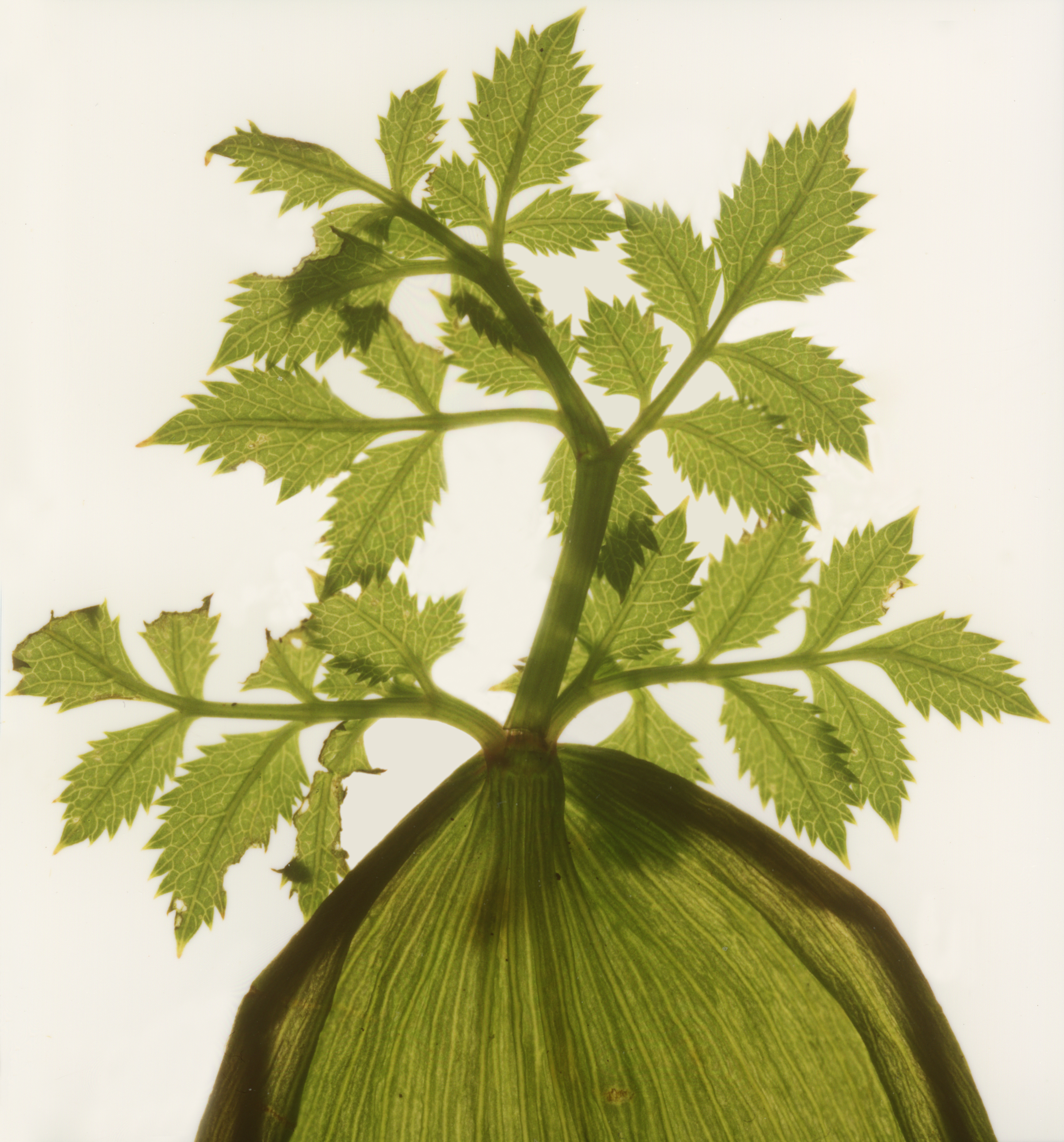
Garry Fabian Miller Cow Parsley (Swaledale), 1987
In 2022, the Dulwich Picture Gallery held an exhibition entitled Unearthed: Photography's Roots which told the story of photography through images of plants and vegetables. In the earliest images from the 19th century, the careful composition of what would now be considered mundane subject matter – potatoes, carrots – conveyed those photographer’s wonder at capturing light and shade on paper. Miller’s cameraless photographs of leaves and bark and the more abstract work that has followed using this technique conveys a sense of astonishment reminiscent of Fox Talbot’s in the miracle and promise of photography capturing the deposit of light on paper.
The idea of the horizon in Miller’s artistic life and practice is as both an end and a beginning. After the closure of the Cibachrome factory Miller spent years trying to source the material from anywhere he could (he has likened this search to buying illegal drugs on a black market). Miller worked for eight years continuing the innovative process he had cultivated, all the while aware of its impossible future.
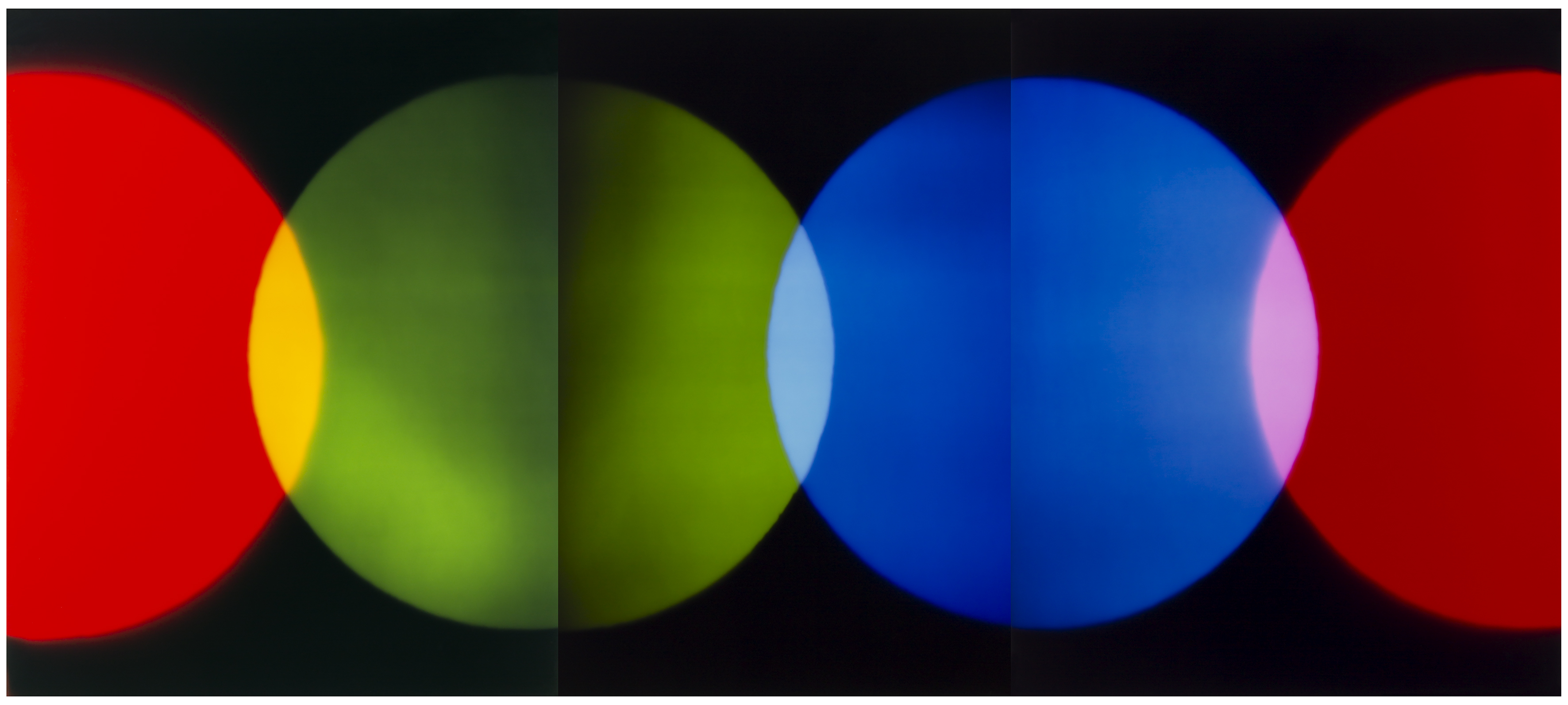
Garry Fabian Miller A Lost Colour World, 2019
Recently he has started a new demanding project, entitled ‘Three Acres of Colour’, based on the principle of growing natural dyes and using them to make colour for future work. It is an undertaking that responds to the challenge of limiting the environmental damage of the photography process, but also one that rethinks Miller’s work in the light of his recent diagnosis of bladder cancer, thought to be caused by a lifetime of proximity to the noxious chemicals essential to his art.
Receive our daily digest of inspiration, escapism and design stories from around the world direct to your inbox.
Morwelion, The Sea Horizon is an opportunity to see a lifetime of artistic experimentation and deepening knowledge with the fundamental materials of photography.
Morwelion, The Sea Horizon at Ingleby Gallery until June 2026

Garry Fabian MillerSites of Departure: The Book, 2019
-
 This cult Los Angeles pop-up restaurant now has a permanent address
This cult Los Angeles pop-up restaurant now has a permanent addressChef Brian Baik’s Corridor 109 makes its permanent debut in Melrose Hill. No surprise, it's now one of the hardest tables in town to book
-
 French bistro restaurant Maset channels the ease of the Mediterranean in London
French bistro restaurant Maset channels the ease of the Mediterranean in LondonThis Marylebone restaurant is shaped by the coastal flavours, materials and rhythms of southern France
-
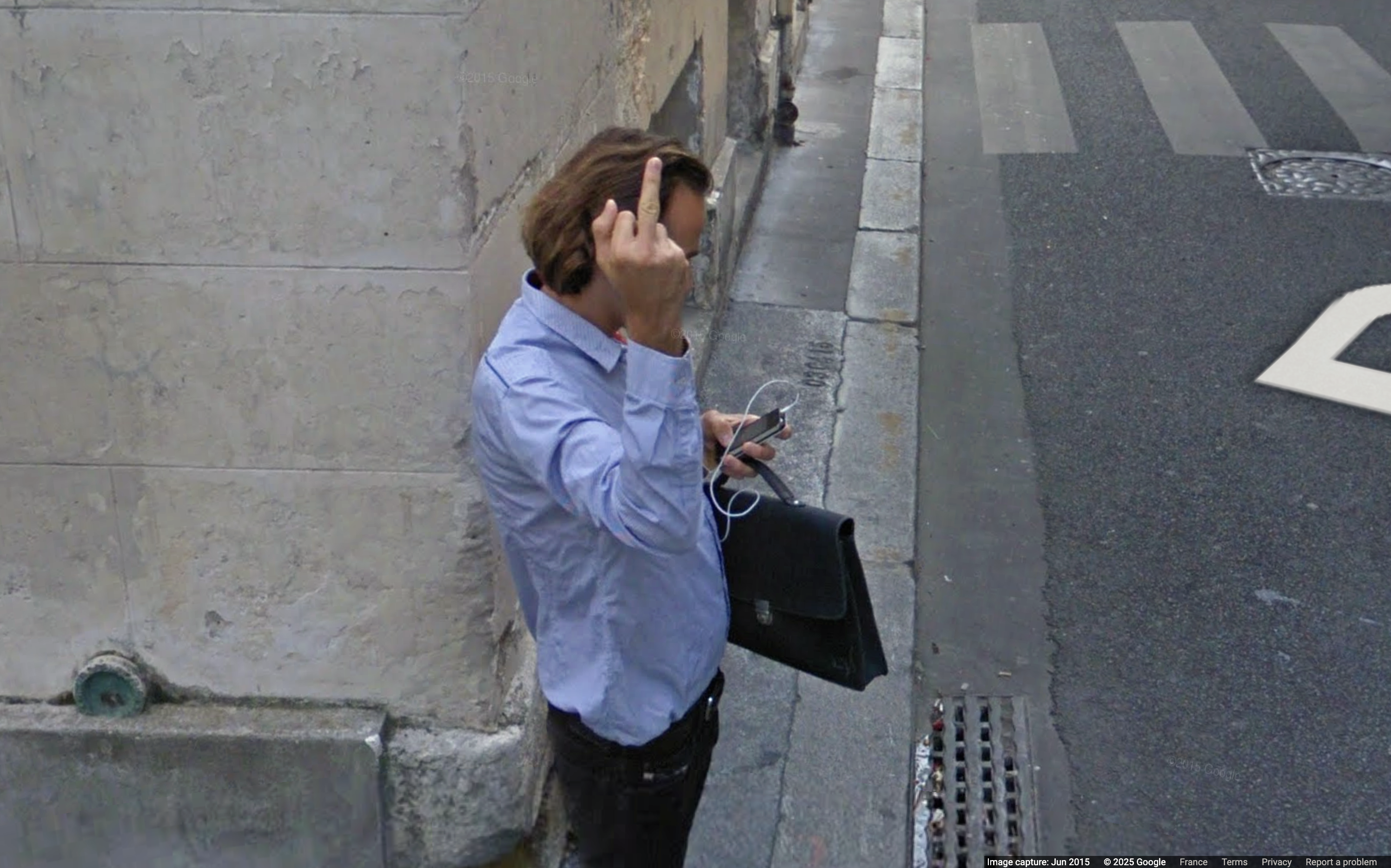 How ethical is Google Street View, asks Jon Rafman in Copenhagen
How ethical is Google Street View, asks Jon Rafman in CopenhagenIn 'Report a Concern - the Nine Eyes Archives' at Louisiana Museum of Art, Copenhagen, Jon Rafman considers technology's existential implications